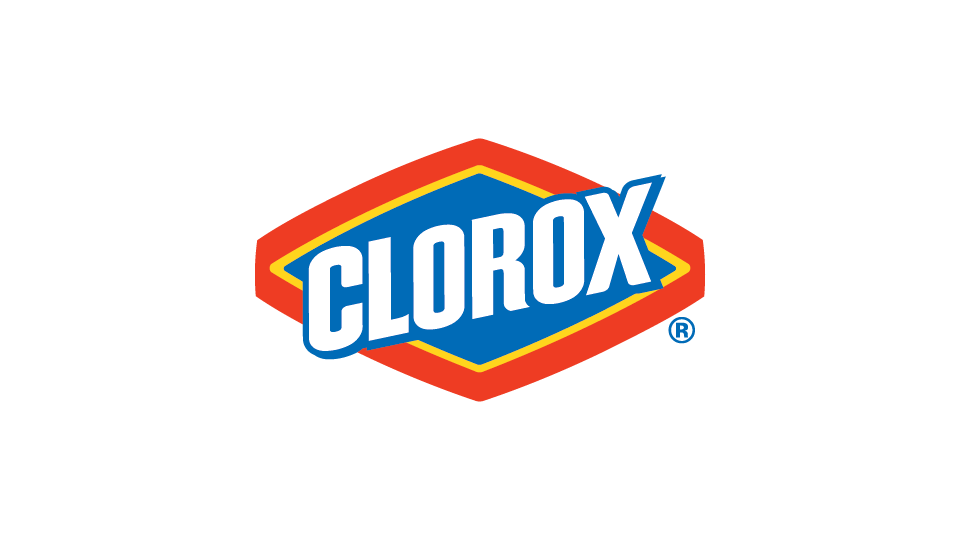Research Case Study — Microsoft
Helping Microsoft support remote learning customers
Where it started
The coronavirus pandemic forced school building closures worldwide, with an abrupt shift to distance learning for more than 1.5 billion students in K-12 and Higher Education.
Microsoft needed to connect their audiences – educators, IT administrators, and parents of students – to tools and resources that could support them in the immediate transition, and through long-term shifts. But they didn’t yet know the particular challenges of this new remote learning audience or the learning content that would support them.
What we did
Meeting the immediate needs of millions of people navigating a new way of educating during a pandemic? It requires gut and science. We audited existing content, did a competitive review with other brands serving remote learning audiences, surveyed hundreds of families nationwide, then conducted in-depth interviews with dozens of consumers to surface insights around what content is helpful, where consumers are finding it, and what they need more of.
The subsequent personas and content strategy we developed, with commensurate messaging and content needs, guided Microsoft on how to best meet the needs of those seeking remote learning resources as they make decisions about what software to adopt, and how to use it most effectively.
How it’s going
Our discoveries informed the evolution of Microsoft Teams and other software to support the needs of students who increasingly learned from home – including accessibility tools and features to better support different learners.
And our “a-ha” moment? We uncovered that parents were supplementing traditional, academic learning with skills they believed their kids would need in life and in the workforce. This had a larger impact on Microsoft’s corporate responsibility program, which includes content, curriculum, training materials, and insights to help deliver digital skills to people around the world.

Our work culminated in a public relations push to all Microsoft employees, educators, parents and media. The goal? Amplify the work and the solutions to help remote learners around the world.




